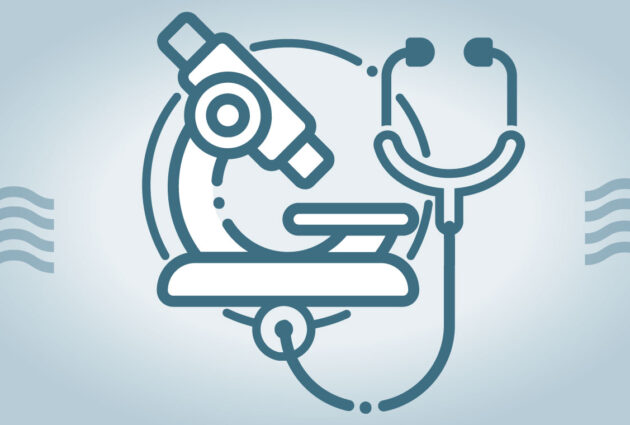Paradigm Shifting, High Throughput Assay for Serial Quantification of HIV Reservoirs
Many patients living with HIV tire of lifelong therapy and our project provided encouragement to them such that in some cases resulted in better engagement in care.
– Dr. Robert Striker
At a Glance
Human immunodeficiency virus (HIV) ─ a virus that attacks the cells that help the body fight infection ─ currently has treatment options available that suppress HIV infection and renders patients noncontagious. However, it remains incurable and a portion of people living with HIV have poor clinical outcomes, even when treatment is “working.”
The researchers developed two tests that worked well with controls but were unable to reliably determine the amount of HIV reservoir. The first assay was an RNA purification version of a previous TILDA assay, and the second was a more complicated assay that required the development of a cell line. However, they were able to show a link between features on patients’ T cells and poor health outcomes. This knowledge will inform future work and the researchers continue to explore ways to stimulate patient samples that will be more reproducible.
The Challenge
Current HIV therapy is extremely successful at decreasing death and contagiousness; however, it is only suppressive and not curative at this time. This can indicate that short breaks from therapy return patients to a state of contagiousness. Moreover, the immune system does not completely heal and patients living with HIV, even when on therapy, develop many comorbidities.
Project Goals
The principal goal of this project was to develop investigative procedures with lab cells that might function as biomarkers on patient cells, called reservoir measurements. This would hopefully allow the researchers to develop an HIV cure and/or decreased poor clinical outcomes.
Results
While the researchers developed two assays that worked well with controls, they were unable to reliably determine the amount of HIV reservoir. This knowledge will inform future work as they were able to contribute to the literature on how to measure the quantity of HIV remaining when a patient is on suppressive therapy. This information indicates how far away from a “cure” the patient is, as well as how much progress the immune system is making toward being healed. They were also able to show that the ratio of CD4 to CD8 cells in a patient, who is suppressed on HIV therapy, is linked to their risk of handling infections and cancer. CD4 cells are white blood cells that lead the fight against infection, whereas CD8 cells care able to kill cancer cells and other invaders. This ratio indicates how strong the immune system is and can predict the likeliness of developing an infection.
Looking to the Future
If the researchers are able to make more improvements to the Dual Reporter Sensor Cell (DRSC) Assay, they envision writing translational grants for further funding.
Lasting Impact
In two clinical scenarios, the researchers were able to show that the ratio of CD4 to CD8 cells in a patient suppressed on HIV therapy was linked to problems with handling infections and cancer. This can be seen in the instance of anal cancer. In Wisconsin, all patients with HIV are recommended to be screened for anal cancer and, as with other cancer screenings, this routine screening in asymptomatic individuals can lead to biopsies and emotional stress. It is unclear as of now which patients are at greatest risk, and whether for some patients the screening results in more harm than good. These results clearly show a gradient of risk according to the CD4/CD8 ratio that can help clinicians and their patients make informed decisions about when to screen and the likelihood of the infection or disease occurring at that ratio. Additionally, these results were shared with patients and AIDS Resource Center of Wisconsin, now called Vivent Health.
Learn more on the Game of T-Cells website

